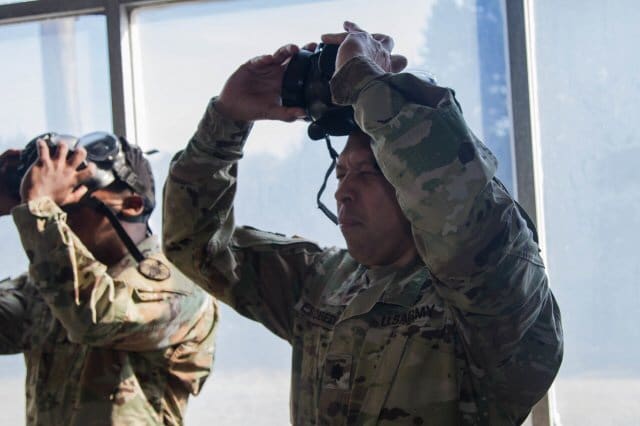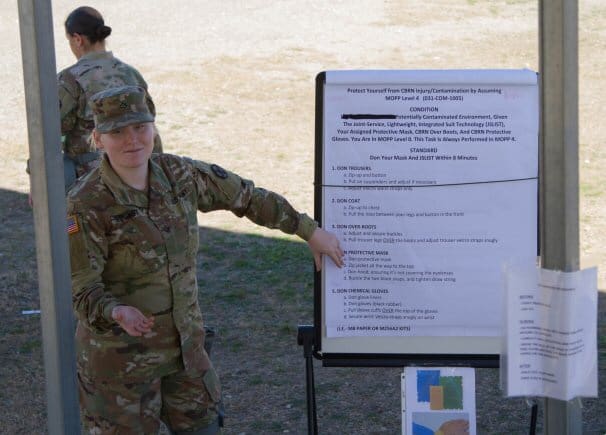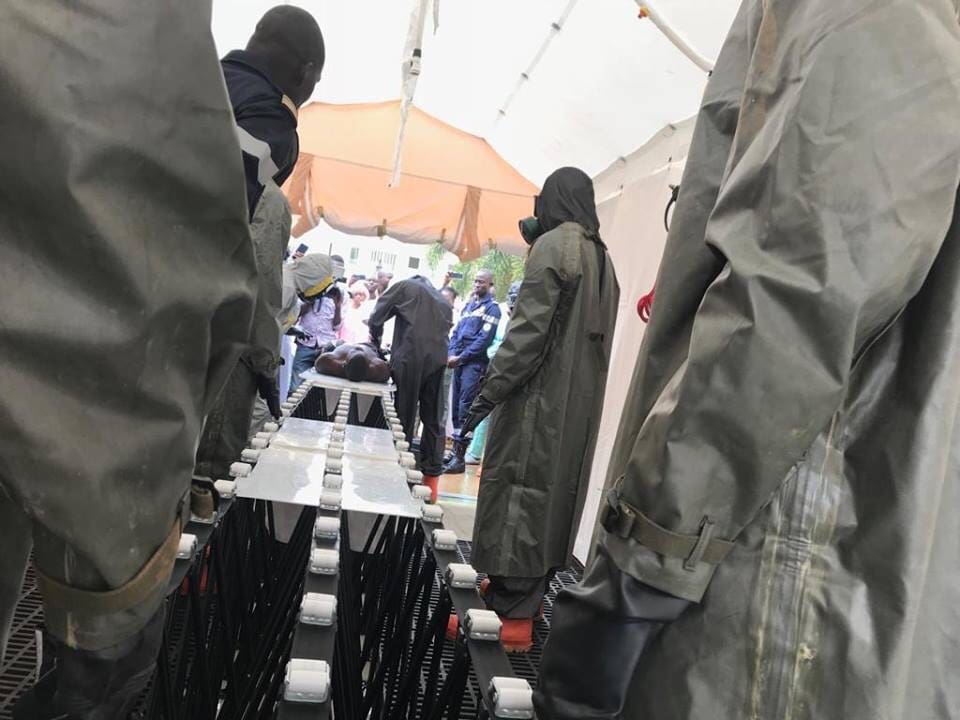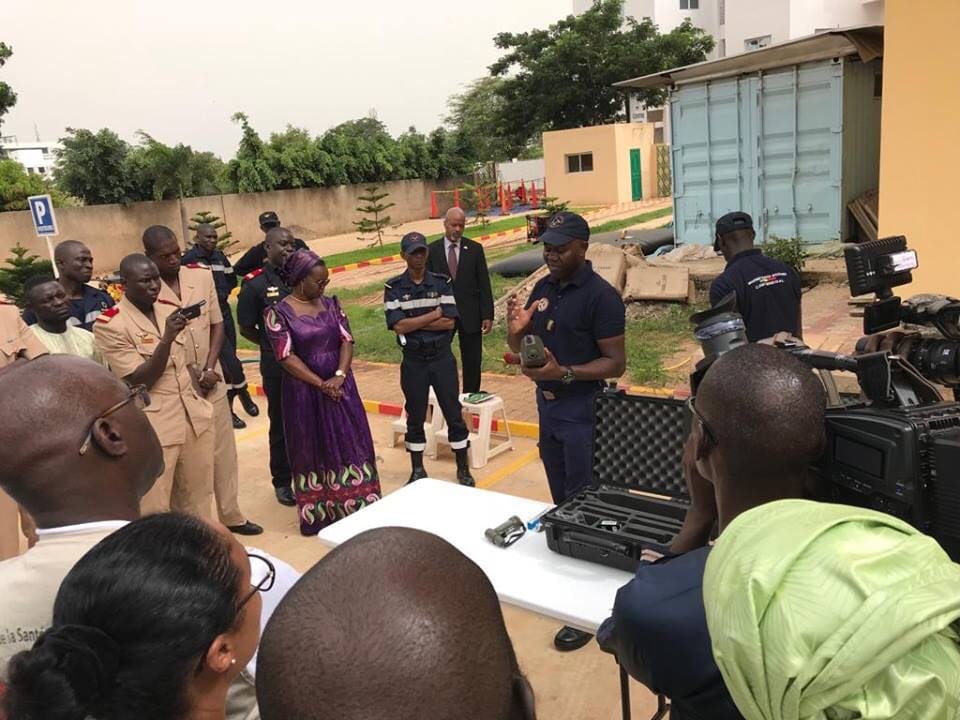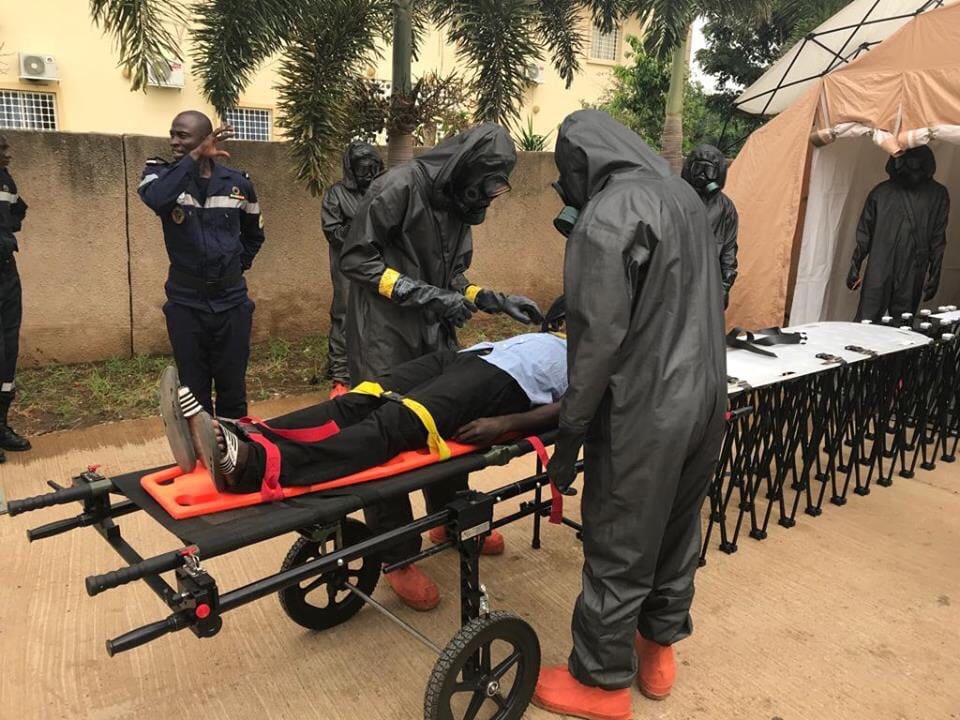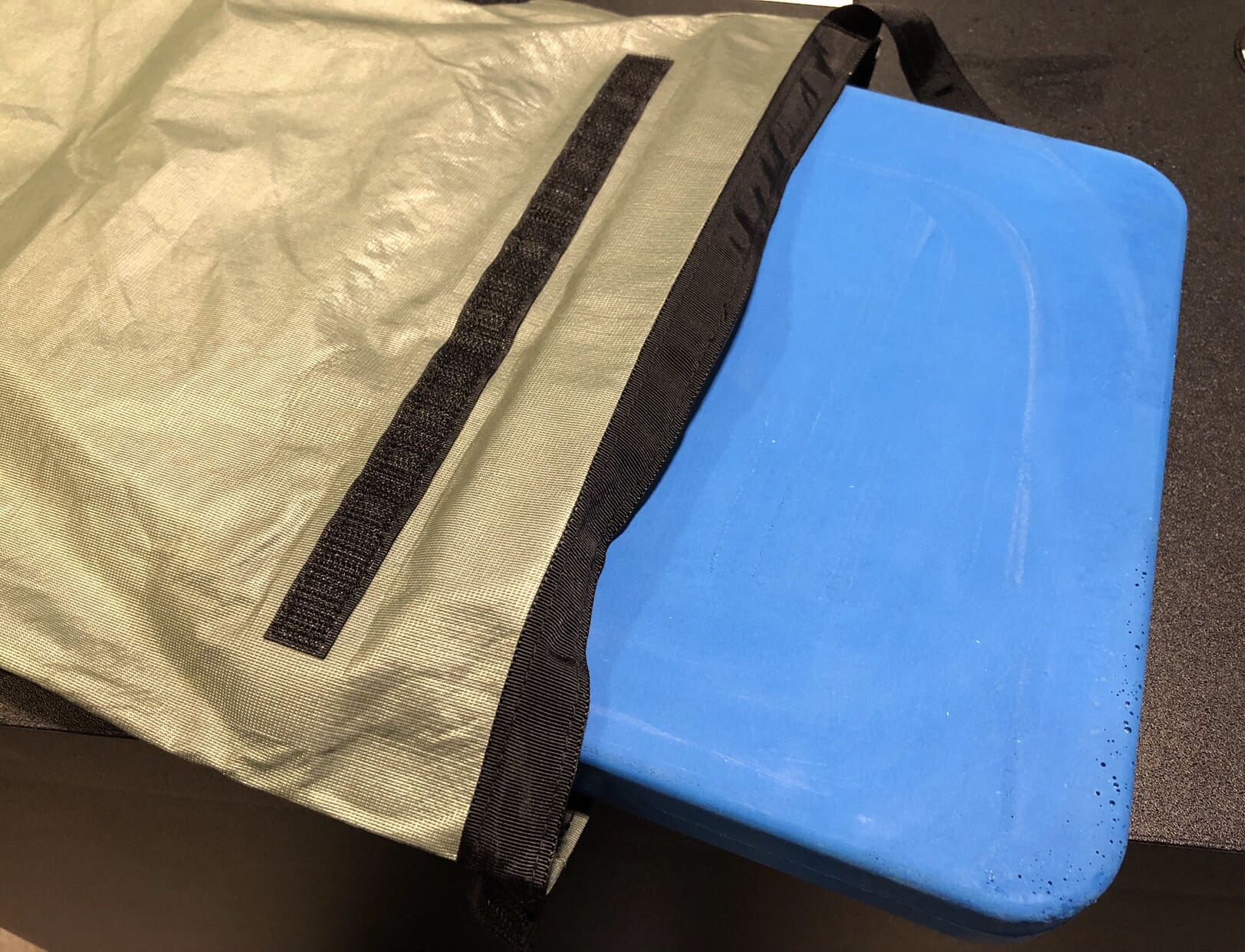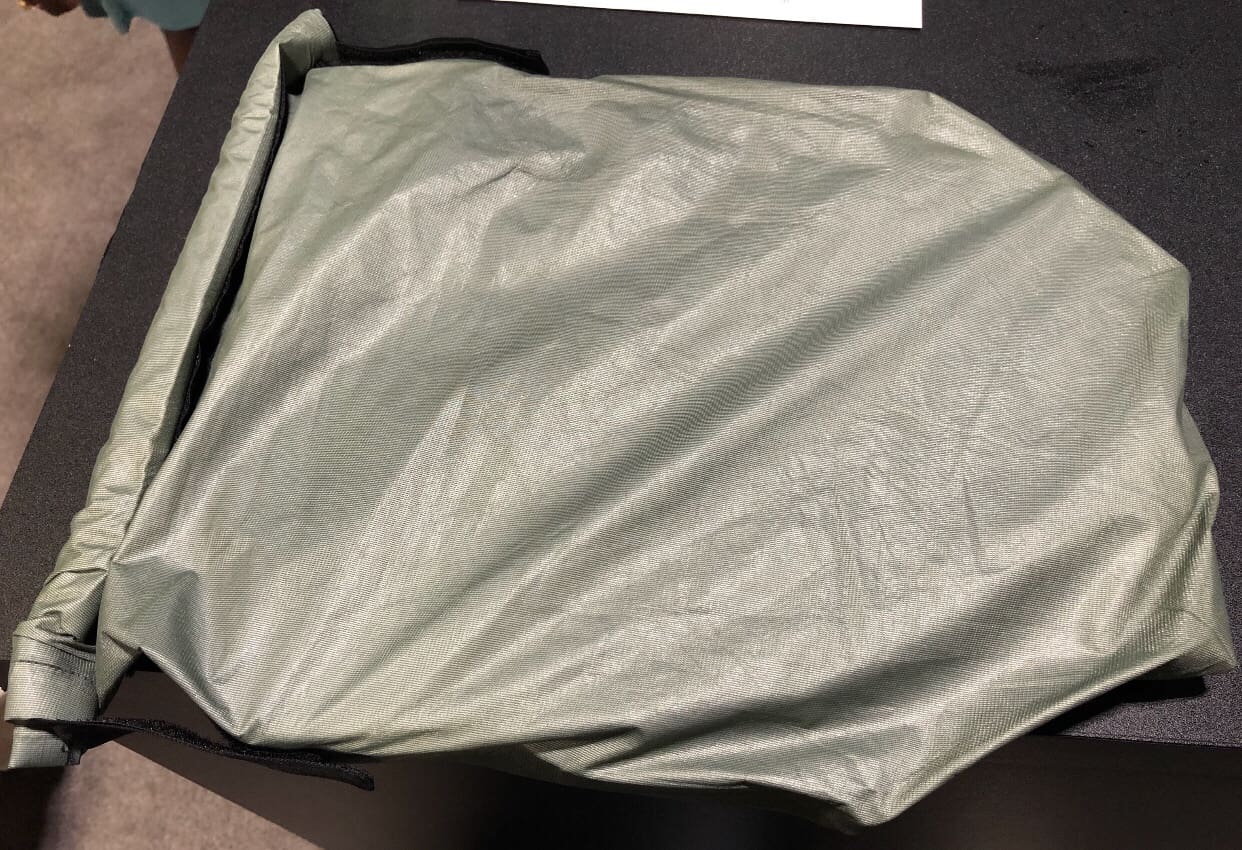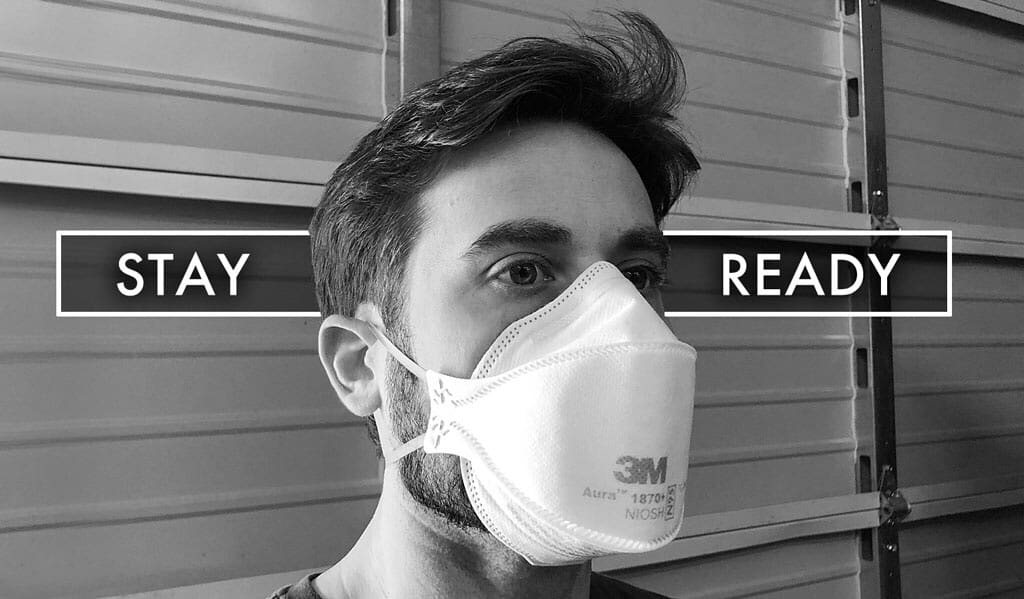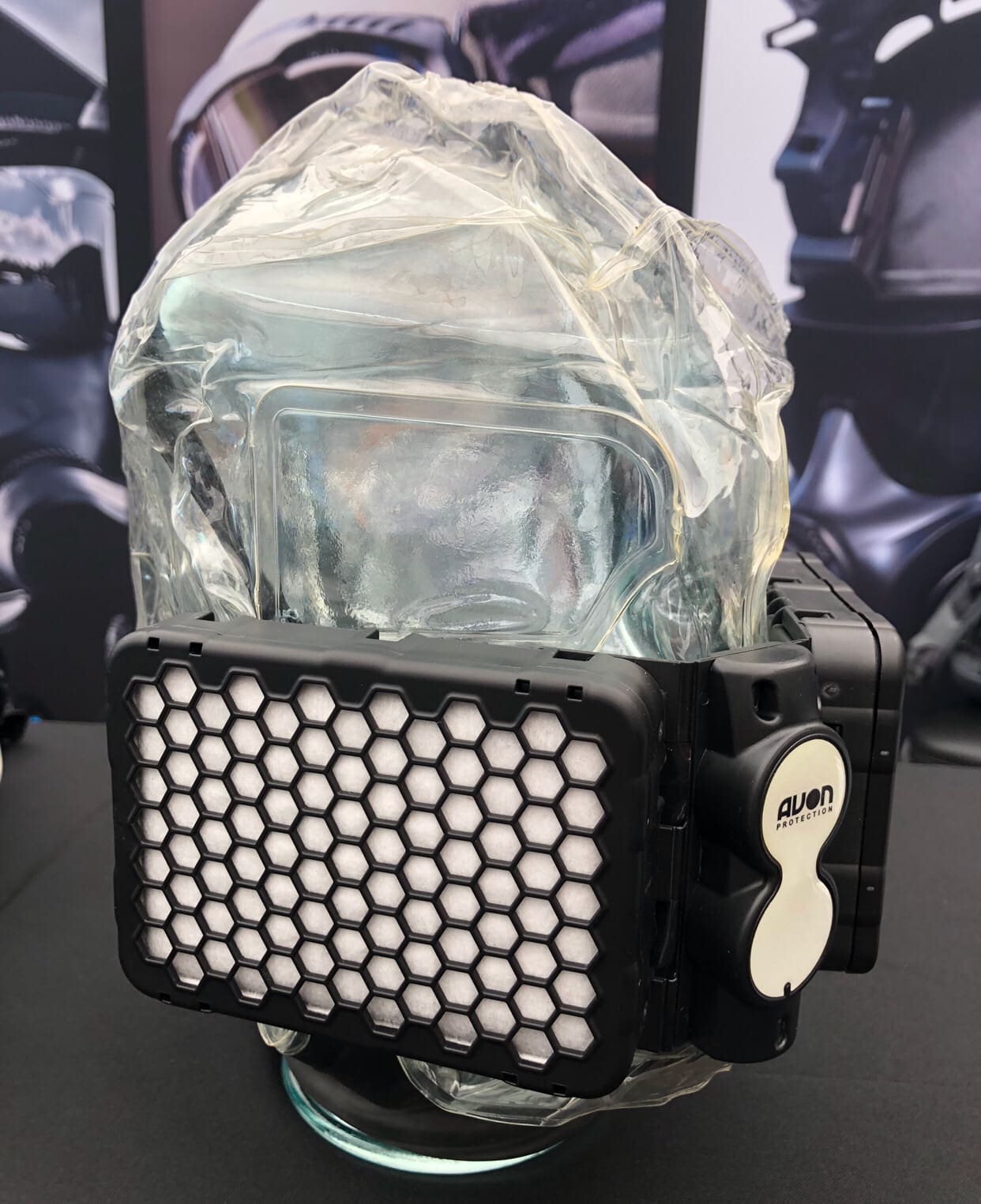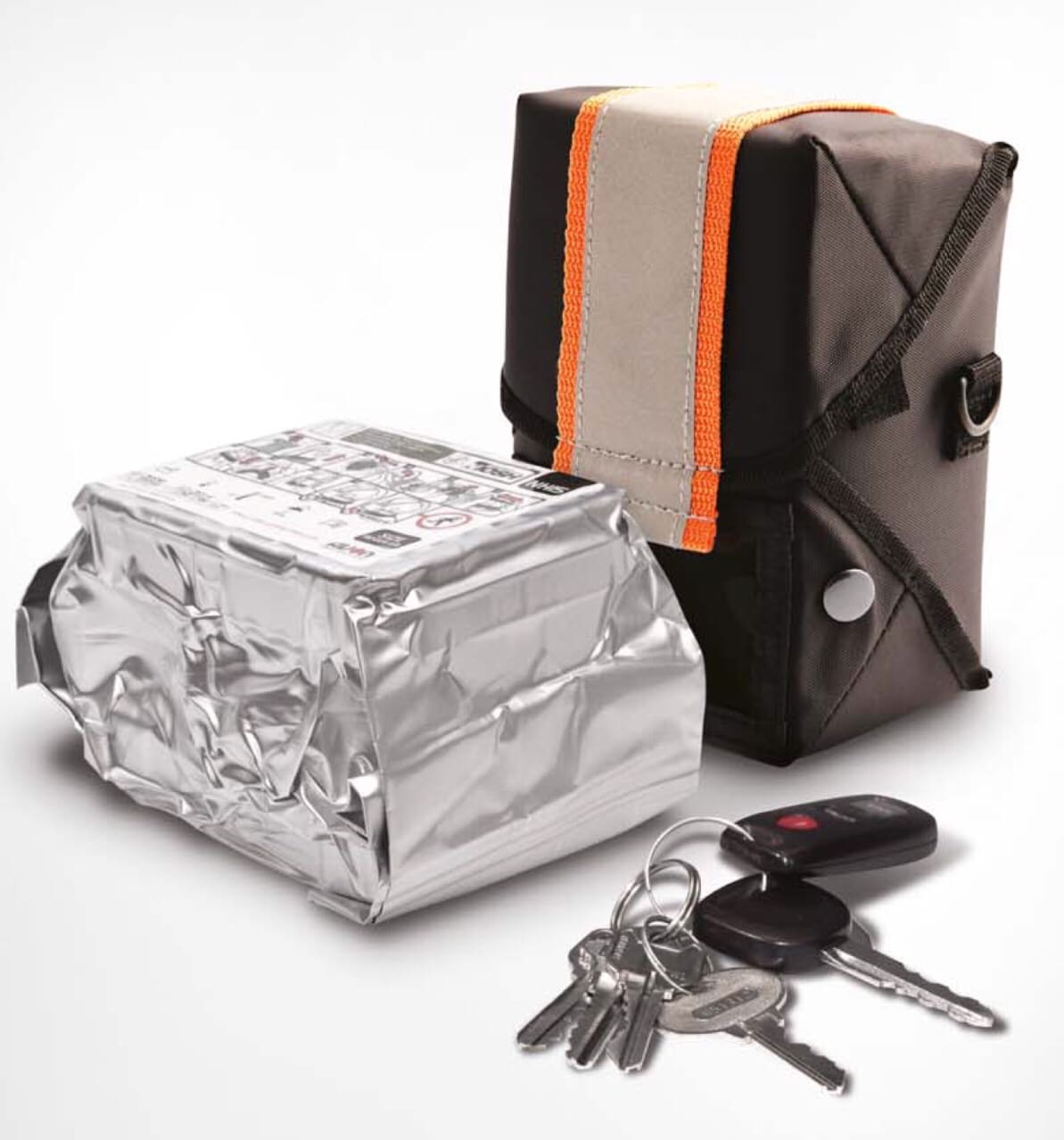LANDOVER, MD (January 6, 2020) – Effective January 1, 2020, AirBoss Defense and Critical Solutions International (CSI) have completed a merger to form a new corporate entity known as AirBoss Defense Group (ADG). This new business has been formed through the spin-off and merger of AirBoss of America Corp.’s AirBoss Defense business and Quebec Rubber Solutions operations with Critical Solutions International, Inc. (“CSI”). CSI is a privately-owned U.S. portfolio company of Sentinel Capital Partners (“Sentinel”).
With the close of this transaction, ADG is now the global leader in survivability for the assured mobility and chemical, biological, radiological, nuclear, and explosive (CBRNE) communities. The new company will sustain and grow the overall business of ADG while maintaining the well-defined identities of AirBoss Defense and CSI. ADG is very well positioned for growth with existing customers as well as within prospective new markets.
The founding of ADG creates a new, dedicated survivability solutions company that is strongly positioned to capitalize on emerging opportunities arising from the current geopolitical environment. By combining the historical engineering and manufacturing capability of AirBoss Defense with CSI’s proven expertise in global marketing and distribution, ADG is now able to support the global defense and first-responder markets with a powerful combination of excellence in product development, precision manufacturing, thoughtful business development, and focused customer support.
Patrick Callahan will serve as Chief Executive Officer of AirBoss Defense Group. Previously, he was the Chief Executive Officer of Critical Solutions International. Heather Miller, CSI’s Chief Strategy Officer, will continue in this capacity for AirBoss Defense Group. Chris Bitsakakis, the President and COO of AirBoss, will also be the COO of AirBoss Defense Group. ADG will be headquartered in Landover, Maryland. Manufacturing assets will remain in Acton Vale, Quebec and CSI will continue to operate in Charleston, South Carolina. In the coming weeks, the company will finalize a refreshed organizational chart that ensures a balanced transition and efficient future operations.
Patrick Callahan, CEO of AirBoss Defense Group said, “The close of this transaction creates an integrated, dedicated defense player that is well positioned to capitalize on emerging opportunities arising from the current geopolitical environment. By combining AirBoss Defense’s strength in manufacturing and engineering design with CSI’s decades of expertise in global marketing and distribution of defense products, we have formed a powerful corporate entity that is well positioned to support our customers throughout the world.”
As a new company, ADG provides a robust platform to expand existing manufacturing capabilities and to diversify an already innovative product portfolio. ADG is committed to retaining and creating new manufacturing and management jobs and is actively seeking talented individuals to join the company.
For more information, please visit www.adg.com.


